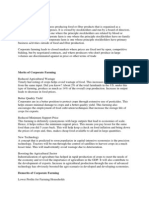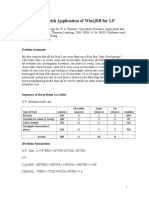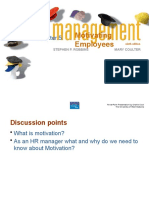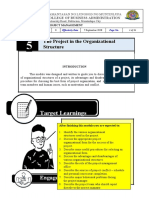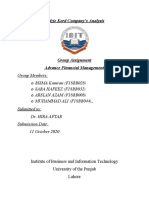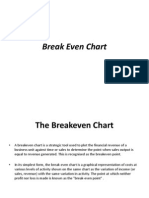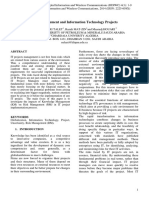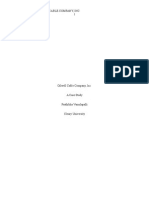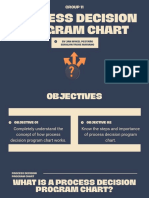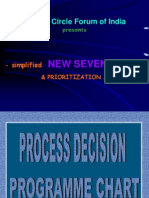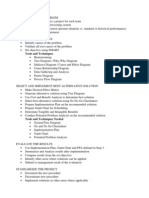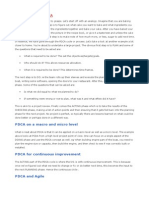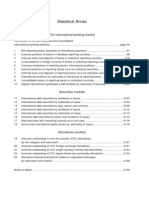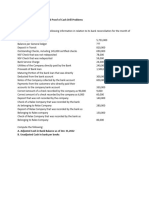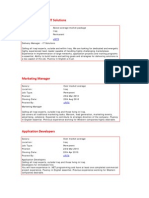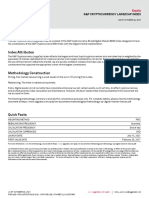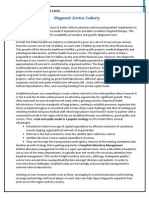0% found this document useful (0 votes)
518 views9 pagesProcess Decision Program Chart
The process decision program chart (PDPC) is a management planning tool that systematically identifies potential problems in a plan and develops countermeasures. It is used before implementing complex plans, when on-schedule completion is important, or when failure costs are high. The PDPC procedure involves diagramming the plan, brainstorming potential problems for each task, developing countermeasures, and evaluating countermeasure practicality. An example PDPC for a dress production cutting process identified material damage risks and low-cost solutions like testing cuts on cheaper material.
Uploaded by
nikhil chackoCopyright
© © All Rights Reserved
We take content rights seriously. If you suspect this is your content, claim it here.
Available Formats
Download as PPTX, PDF, TXT or read online on Scribd
0% found this document useful (0 votes)
518 views9 pagesProcess Decision Program Chart
The process decision program chart (PDPC) is a management planning tool that systematically identifies potential problems in a plan and develops countermeasures. It is used before implementing complex plans, when on-schedule completion is important, or when failure costs are high. The PDPC procedure involves diagramming the plan, brainstorming potential problems for each task, developing countermeasures, and evaluating countermeasure practicality. An example PDPC for a dress production cutting process identified material damage risks and low-cost solutions like testing cuts on cheaper material.
Uploaded by
nikhil chackoCopyright
© © All Rights Reserved
We take content rights seriously. If you suspect this is your content, claim it here.
Available Formats
Download as PPTX, PDF, TXT or read online on Scribd
/ 9
